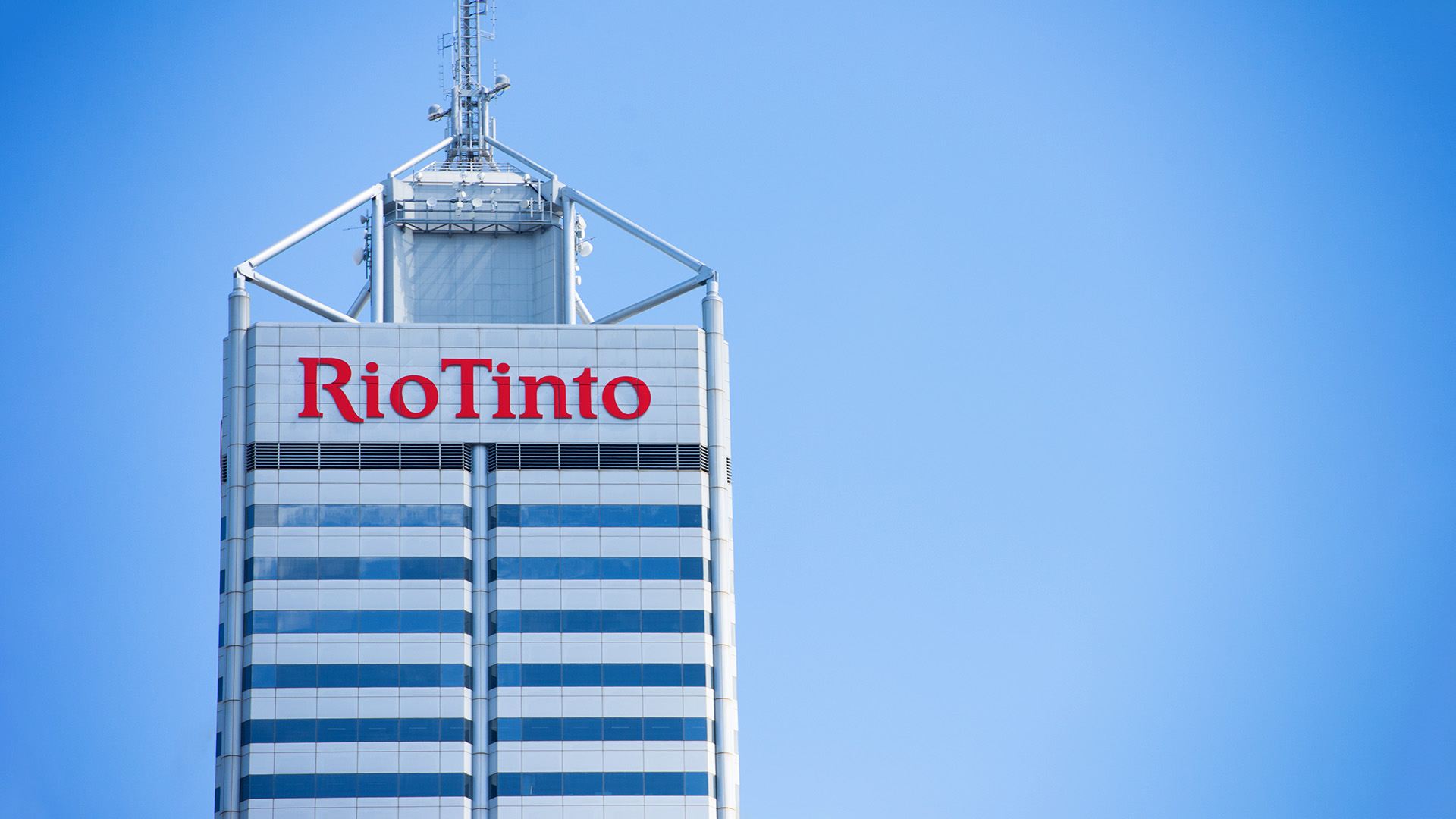In its first estimate for 2024, Rio Tinto (ASX:RIO) has surprised by forecasting only a marginal rise, at best, in iron ore shipments over 2023. However, Rio also said that its shipments will only be maintained at this very high level by availability and shipments of its lower-grade ores (called SP10).
The world’s biggest iron ore producer/exporter revealed the 2024 forecast in its September 30 third-quarter production and sales report, which also confirmed that its record pace 2023 performance in its most important commodity is continuing.
Rio reported a small 1.2% rise in its third-quarter iron ore shipments on Tuesday, as it boosted production from its new Gudai-Darri mine. Rio said it shipped a record 83.9 million tonnes (Mt) of the key steel-making ingredient from its Pilbara mines in the three months ended September 30, compared with 82.9 Mt a year earlier. Total sales in the 9 months to September of 245.5 million tonnes were ahead of the same period of 2022 by 5%. As a result, Rio said it was maintaining its 2023 full-year guidance range of 320 to 335 million tonnes.
But it surprised by revealing that its Pilbara iron ore shipments for 2024 "are expected to be 323 to 338 million tonnes.” It said SP10 (a low-grade iron ore product) "levels are expected to remain elevated for the next few years as we work through the next tranche of mine replacement projects. Levels are dependent on the timing of approvals for planned mining areas.”
Rio also revealed in its latest report that it produced more aluminum and copper in the third quarter of 2023 versus a year ago but downgraded a full-year output estimate for its Canadian iron-ore operations due to plant setbacks and wildfires.
Rio reported aluminum production of 828,000 tonnes for the three months, up 9% on the year-prior period. The company said its output of bauxite, which is used to make aluminum, was up 2% on-year at 13.9 million tons. Rio also a large copper producer, reported a 5% increase in third-quarter mined copper output to 169,000 tons. Rio Tinto said it has kept with earlier full-year production estimates for those commodities.
However, the miner downgraded an annual output projection for the Iron Ore Company of Canada, or IOC, business. It now expects to produce between 9.3 million and 9.8 million tons of iron ore pellets and concentrate, against the previous forecast of between 10.0 million and 11.0 million tons. "Operations were impacted by extended plant downtime and conveyor belt failures, while we also recovered from wildfires which took place in Northern Quebec in the prior quarter," Rio Tinto said.
In Tuesday’s statement, Rio CEO Jakob Stausholm said: “We delivered another quarter of progress and maintained momentum at our Pilbara iron ore operations. We continued to make good headway ramping up our Oyu Tolgoi high-grade underground copper mine, our Kitimat aluminum smelter returned to full production, and we safely restarted the smelter and refinery at Kennecott after completing the largest rebuild in its history." “We took real steps to build our portfolio of materials needed for the future, signing agreements that will see us take a leading position in recycled aluminum in North America and agreeing to enter a joint venture with Codelco to explore for copper in Chile. We also completed further infrastructure agreements with our partners for the world-class Simandou iron ore project."














